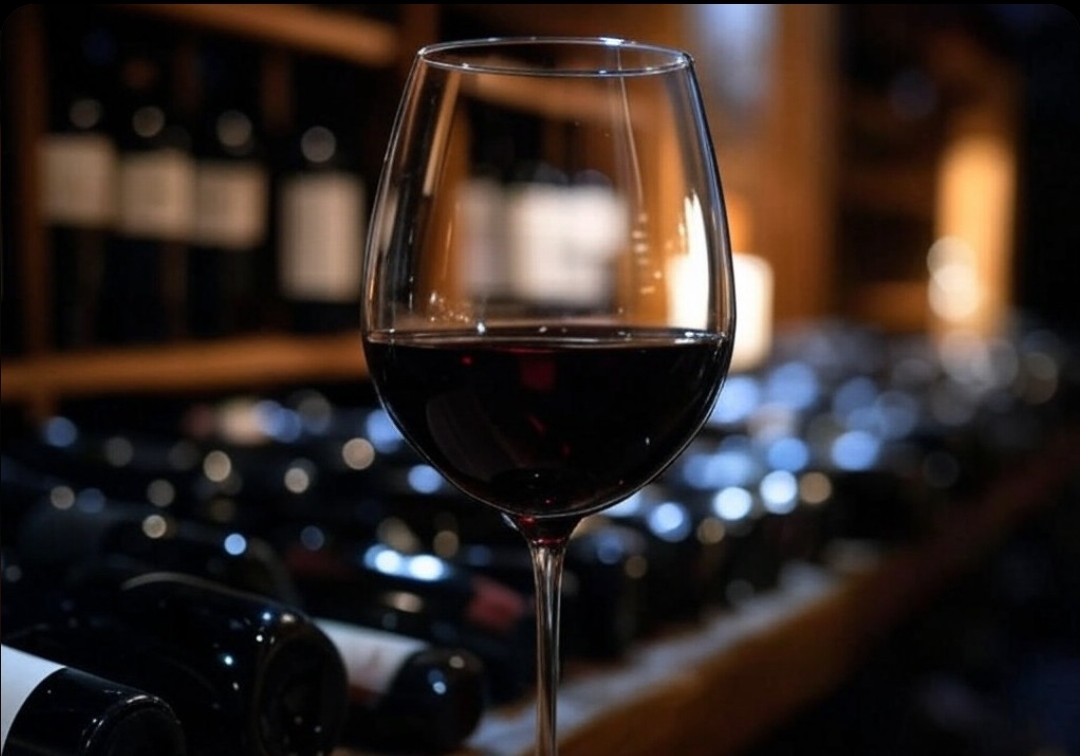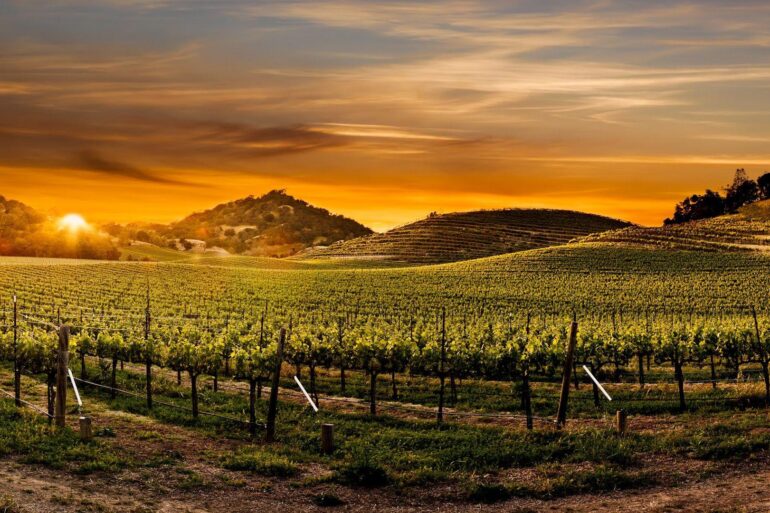New York’s Cabernet Franc is making waves in the wine world, thanks to a growing movement among the state’s winemakers...
Alan Rickford lives in London with his family, but has a summer house in Kent. As a child, he would...
Walk into any supermarket or national liquor chain, and you’re greeted with rows upon rows of wine bottles. Cabernets from...
The wine community across the United States braced for the known January 19 TikTok ban, a date marked on calendars...
The McBride Sisters Collection has brought a fresh and unique perspective to the wine industry with their Black Girl Magic...
Napa Valley, with its rolling hills, sun-soaked vineyards, and world-renowned wines, is a region that commands admiration and respect. But...
Explore the hidden gems of wine tourism as Business Insider highlights the best underrated wine regions. Visit Alentejo in Portugal, known for its full-bodied reds and aromatic whites from indigenous varietals like trincadeira and antão vaz. In Southern Sweden, discover high-acidity white and sparkling wines from hybrid grapes like solaris. South Africa's Hemel-en-Aarde Valley offers exceptional Pinot Noir and rustic charm, while Goriška Brda in Slovenia, the "Tuscany of Slovenia," blends medieval charm with innovative winemaking. These regions offer rich cultural and historical experiences, making them must-visit destinations for wine lovers.
Sicily, the largest island in the Mediterranean, is renowned for its vibrant culture, stunning landscapes, and, notably, its wine. Among the many varietals that the island produces, one stands out for its historical significance and unique characteristics: Perricone wine. This story delves into the journey of Perricone, from its ancient roots to its modern revival, and explores why this wine is a true hidden gem of Sicily.
Perricone, also known locally as "Pignatello," traces its origins back to ancient times. The wine has been cultivated on the island for centuries, with its name believed to be derived from the Italian word "pigna," meaning pine cone, a nod to the shape of its grape clusters. Perricone thrived in the fertile soils and favorable climate of Sicily, becoming a staple in local viticulture.
However, the phylloxera epidemic of the late 19th century, a devastating pest that ravaged vineyards across Europe, nearly wiped out Perricone. Many growers abandoned the varietal in favor of more resilient and commercially viable grapes, leading to a significant decline in its cultivation. For much of the 20th century, Perricone remained a forgotten treasure, overshadowed by more popular Sicilian wines like Nero d'Avola and Frappato.
The revival of Perricone began in the early 21st century, as winemakers started to rediscover and appreciate its unique qualities. This renaissance was driven by a growing movement towards preserving indigenous grape varieties and embracing sustainable farming practices. Winemakers recognized that Perricone, with its deep color, robust tannins, and complex flavor profile, had the potential to produce exceptional wines that could stand out in the global market.
Modern Perricone vineyards are meticulously managed, with a focus on organic and biodynamic farming methods. The grape thrives in Sicily’s diverse terroir, which ranges from coastal plains to mountainous regions, each imparting distinct characteristics to the wine. The hot, dry climate and volcanic soils contribute to Perricone’s bold flavors and rich aromas, making it a true reflection of its environment.
The Barefoot Bubbly Pink Moscato California Champagne NV, available in 187 ml bottles, epitomizes the trend toward mass-produced wines that...
Dear Wine Enthusiasts, Welcome to Wine Savvy Magazine, where we celebrate the rich tapestry of stories and people behind every...










